Christo and Jeanne-Claude: Interview
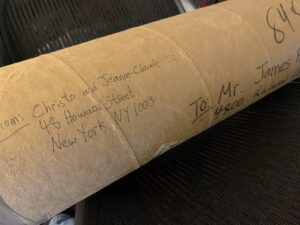
The late, great artists Christo and Jeanne-Claude, who were preparing the ground for their proposed Over the River Project on the Arkansas River in Southern Colorado, sat down with me for an interview in January, 2002. The result, which was published in Eye Level and is reprinted below, was used by them on their website until her death in November, 2009. It was widely quoted by major publications whenever they produced new work and these days can be found in all sorts of odd and obscure places on the web. I always admired them and their work, small, large, or monumental. It was a great pleasure to record this conversation.
|
The artists Christo and Jeanne-Claude were born Gemini-like at the same hour on June 13, 1935, he in Gabrovo, Bulgaria as Christo Javacheff of an industrialist family and she in Casablanca, Morocco as Jeanne-Claude Denat de Guillebon of a French military family. Christo studied at the Fine Arts Academy in Sofia from 1953-56 and escaped from Prague to the West in early 1957. 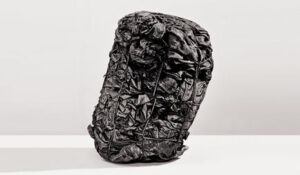 credit: https://christojeanneclaude.net Eye-level: 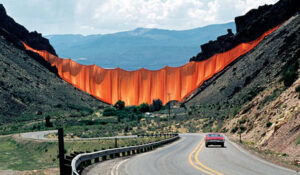 credit: https://christojeanneclaude.net Eye-level: 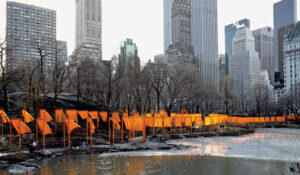 credit: https://christojeanneclaude.net Christo: 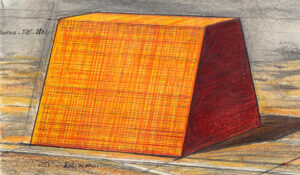 credit: https://christojeanneclaude.net Eye-level: 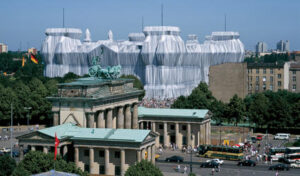 credit” https://christojeanneclaude.net Eye-level: 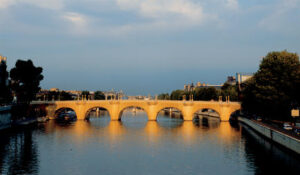 credit: https://christojeanneclaude.net Eye-level: 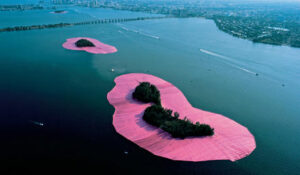 credit: https://christojeanneclaude.net Christo: 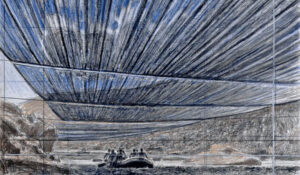 credit: https://christojeanneclaude.net Eye-level: Interview with Christo and Jeanne-Claude ©2002 James M. Pagliasotti |
|
Texts from this website may be used. |
Jok Church webmaster |
|
Some Artworks • Artworks in Progress • Collections • Bibliography • The Artists • FAQ • Contact |
|
|
|
|
An epic interview. Thank you.
I am so flattered to know you read this piece and enjoyed it.